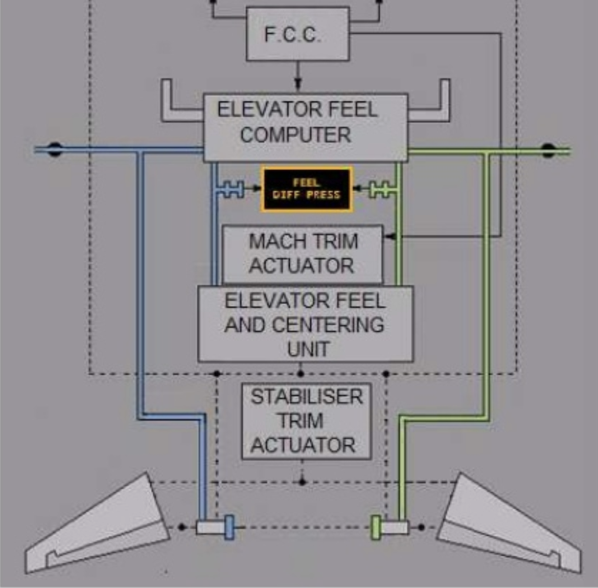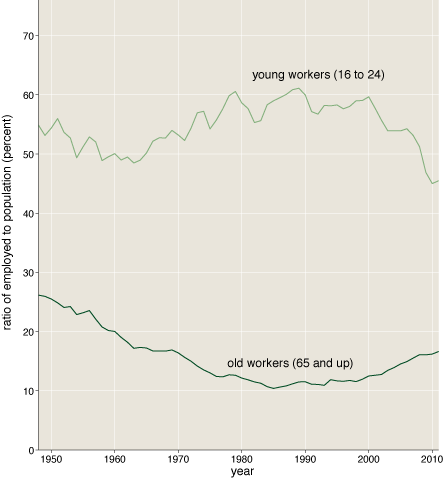San Antonio: Still More Talks
by Brian Hayes
Published 25 January 2006
Graph Limits and Graph Homomorphisms. Laszlo Lovasz (Microsoft). The field of graph theory has been transformed by recent interest in understanding properties of very large graphs, most notably those that describe communications networks such as the Internet and the Web. But the same thing that makes those graphs interesting makes them very hard to study: They have millions or billions of nodes and edges. Lovasz discussed an approach to this problem based on ideas from a very different area of mathematics—the concept of a limit in analysis. If you can show that a series of related graphs converges on a definite limit, then you may be able to use a small model to represent much larger graphs.
The Mathematics of Everyday Language. Keith J. Devlin (Center for the Study of Language and Information, Stanford University). Devlin has long been a spokesman—and showman!—for the mathematical community at large, but I have never before heard him speak on his own work. This talk was an excellent review of the entire sweep of modern linguistics, which happens to have been an early passion of my own. (“Modern” here means essentially post-Chomsky.) Without ever directly addressing the question, he made clear why a lecture on linguistics is approprriate for a mathematical conference.
The Shapes of Sacred Space: The Geometry of Ancient Maya Art and Architecture. Christopher Powell (Maya Exploration Center). For me, the phrase “sacred space” conjures up nothing but skepticism, so I went into this talk with an attitude. I came out with it, too. Powell and his colleagues have gone through measured drawings of Maya ruins looking for patterns such as golden-section rectangles and ratios that approximate the square root of 2. They found some, confirming their hypothesis. And when they failed to find such patterns, that also confirmed the hypothesis, because Maya craftsmen sometimes introduced deliberate imperfections as a gesture of humility before the gods. Also, the underlying “sacred” geometry is sometimes hidden, because it is the secret knowledge of shamans. Perhaps Powell is right about all this, but I would like to know what kind of observation would persuade him that his hypothesis is false. Also, how do you measure eroded, collapsed ruins accurately enough to be confident about distinguishing 1.618 (the golden ratio) from 1.600 (8/5), or 1.732 (the square root of 3) from 1.75 (7/4)? Despite all my doubts, however, one aspect of Powell’s work suggests a promising avenue of further research. He has been working with modern builders in Guatemala and southern Mexico, and he reports that they employ geometric methods that produce some of the same ratios.
Baseball Decision-Making with Markov Chain Models. Thomas W. Polaski (Winthrop University). Bunt or swing away? Steal second or try the hit-and-run? Considering only the decisions facing the manager of the team at bat, Polaski models a baseball game as a finite-state machine. Each event in the game—a hit, a walk, an out, etc.—is represented as a transition from one state to another, with an attached probability. For example, in a state with one out and a runner on first, a successful sacrifice bunt would produce a transition to a state with two outs and a runner on second. But a failed bunt—a double play—leads to a state with three outs, which is an “absorbing” state, meaning the end of the inning. By adopting a few simplifications, Polaski models a half-inning of baseball with just 28 possible states and makes predictions about the wisdom of various choices. A comparison with 50 years of major-league statistics suggests that his model is not too far from what happens in the dugout. Nonetheless, I have a hard time thinking of Casey Stengel as a finite-state machine.
Responses from readers:
Please note: The bit-player website is no longer equipped to accept and publish comments from readers, but the author is still eager to hear from you. Send comments, criticism, compliments, or corrections to brian@bit-player.org.
Publication history
First publication: 25 January 2006
Converted to Eleventy framework: 22 April 2025




Very poignant remarks re: The Shapes of Sacred Space, by Christopher Powell. Honest in all respects, and raises the right questions. However, what one must realize is that the analysis of nature, both for perceptive ancient observers, as well as moderns, is that she [it] tends to work with whole number approximations to the golden mean, root 3, etc. It is so obvious when you examine the phyllotaxis and see Fibonacci numbers and Lucas numbers. Take a look at the ideal divergence angle of roughly 137.5 degrees. This does not in any way detract from the fact that the unique properties of the golden mean (simultaneously additive and multiplicative), and the derivative roots, are driving the process through utter economy and simplicity. When modern critics say that 8:5 or 5:3 is not the golden mean, they have completely missed the boat. These are nature’s way of expressing this fundamental simplicity. And man’s discovery of it, and application of it, tends to take the same form. Thank you for posing the relevant issue. And at the same time being sensitive to the significance that modern remnants of the Maya are employing the same geometric principles in their constructions. [I am doing a book on the golden section for the wooden books series (Walker in N.Y.), and would be happy to discuss this further with you].